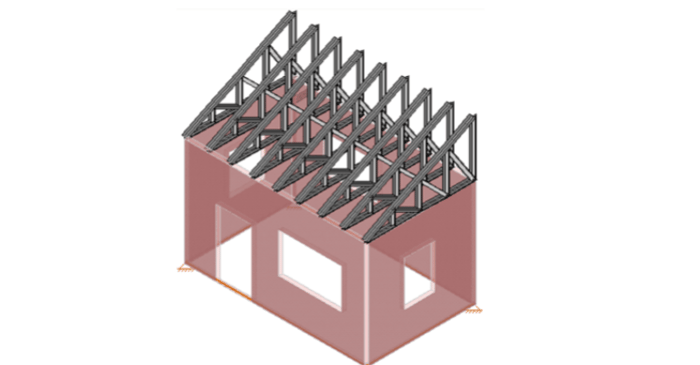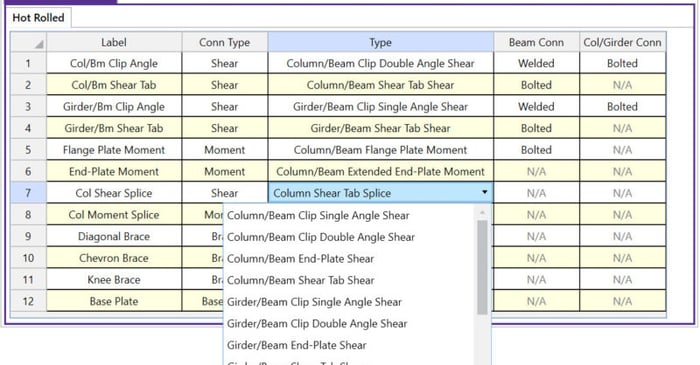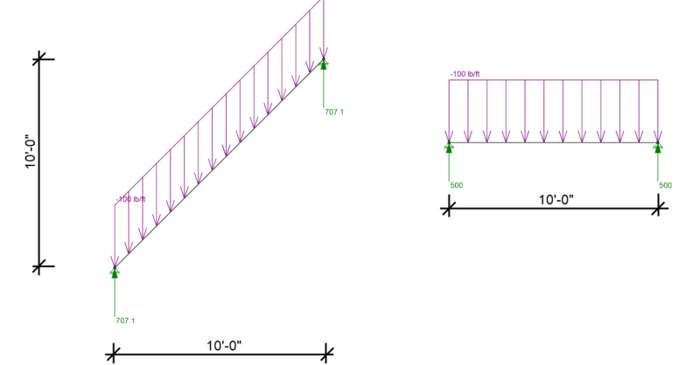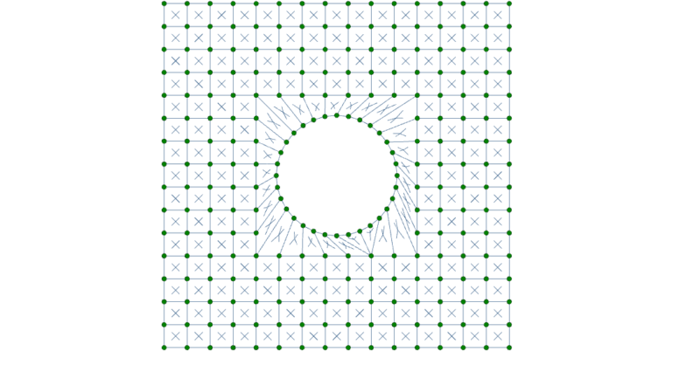
January 3, 2012
How to Append or Merge Multiple Models Together in RISA-3D
RISA-3D allows you to append, or merge, multiple models into a single model file. This may be helpful if you model single floors in separate files and want to stack them together.











